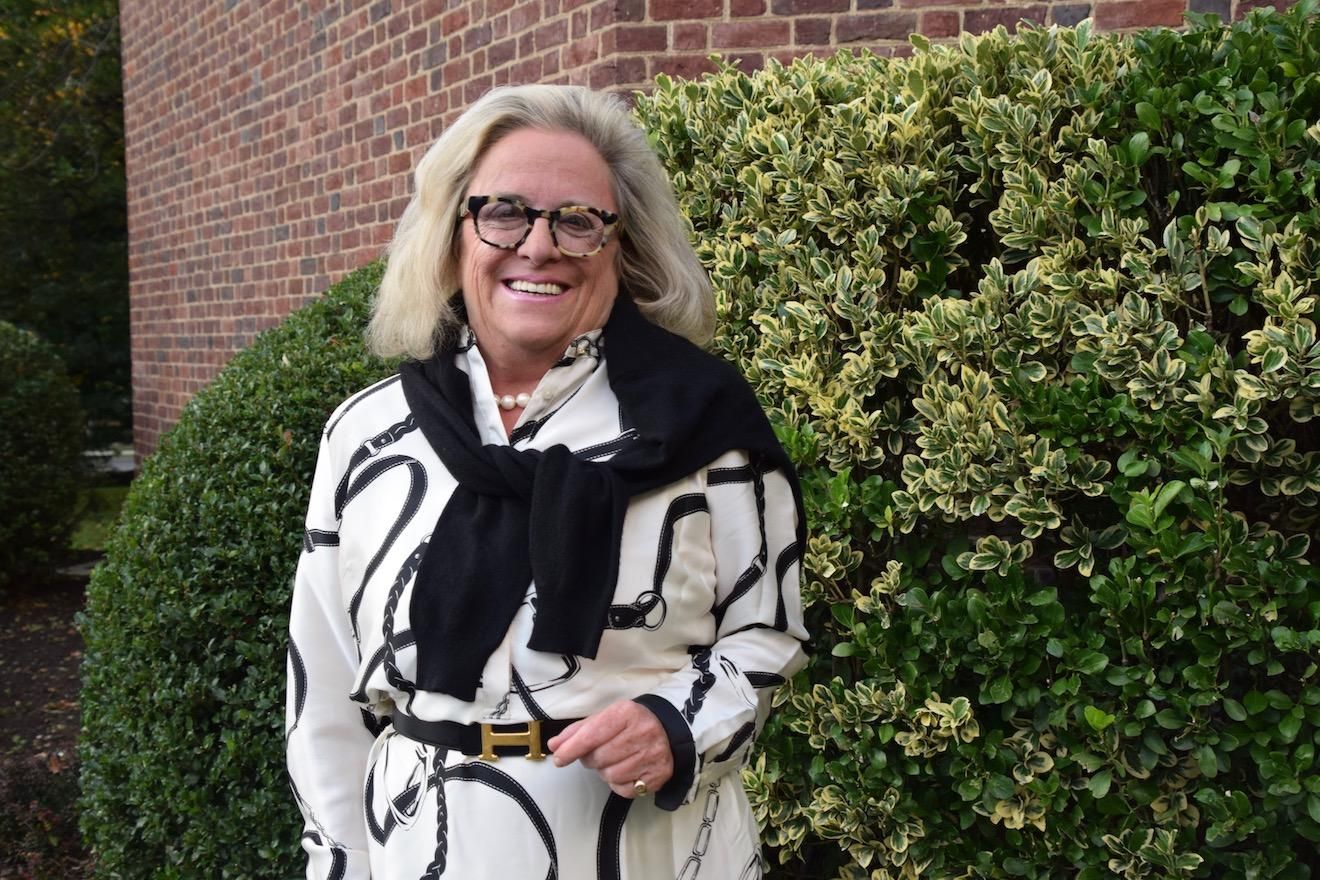From the Mayor: A Village Update

By Mary Marvin, Mayor, Village of Bronxville
Oct. 20, 2021: This week’s column will be a compilation of various updates as well as answers to questions that have recently come to the fore.
Revenue Projections as Covid Pandemic Lessens
On street parking revenues and corresponding fines which comprise a major component of our revenue side are recovering nicely and are close to our projected budget. Merchant permits are at approximately 80% of their pre-pandemic levels. Resident commuter parking permits continue to be down significantly albeit improving. Currently the basic commuter permit sales are at 60% of pre-pandemic levels. This is an indication that residents anticipate parking in the lots going forward but are not yet sure of their work schedule hence full buyouts are down by a greater percentage. In an effort to increase revenue, for the first time, we have been selling flexible permits and some limited non-resident permits.
On the good news front, building permit applications are well beyond pre-pandemic levels.
Conversely on the expense side, tree maintenance expenses in particular are higher because of the need to care for our aging tree stock and the excessive rains have not helped. Police department and DPW overtime increased as a result Storm Henri and Hurricane Ida and the massive ensuing cleanup.
Con Edison
As a direct result of storms Henri and Ida and the multitude of storms in the past five years, the loss of power in the Village and surrounding communities has become an unfortunate fact of life. Not only is it disruptive on a major scale but it is costly to many businesses and in some cases can also be a life-threatening situation.
For the longest time, we have viewed our overhead power lines as unsightly but the price we pay for vital services. However, with the extreme weather and the loss of power for days and weeks, not hours on end, many residents are inquiring about burying power lines.
In that vein, a Dutchess County assemblyman introduced a bill in February calling for the State Public Service Commission to conduct a feasibility study on most or all of the utility lines in the State. The measure passed both houses with bipartisan support but has not yet been signed by the governor.
Data cited to substantiate the need for the study estimates that utility companies state wide have spent nearly $2 billion from 2012 to 2020 restoring service and repairing damaged lines after major storms.
No municipality can force Con Edison to bury power lines, rather it is the New York State Public Service Commission that is the ultimate regulator.
The cost per mile projected by studies varies greatly with estimates for Westchester County between $6 million and $8.2 million per mile with an added connection cost to upgrade individual underground systems shouldered entirely by the homeowner, of approximately $10,000.
As a result of these projections, Con Ed has appeared to have moved away from the underground option to a policy of building more storm resistant poles and wires.
In recent capital programs, Con Edison spent $200 million and installed 5,000+ wind resistant poles and miles of stronger cable and automatic isolation devices to contain outages.
However, just this week, Con Ed announced a pilot program to bury 2,200 feet of electric lines for 41 customers in a Yorktown neighborhood inordinately plagued by power outages.
The chance Westchester will see more buried lines depends in part on the information gained from this project as well as monies made available in future rate cases.
Realistically, burying lines at this juncture is not on the front burner. Beyond the incredible dollar cost which would be passed on to each consumer, there are other downsides. Even if a buried line does not suffer a debilitating event, if the grid they are connected to goes dark, the fact that they are underground is moot.
Also should there be an underground outage, they can often be difficult to pinpoint and unlike a downed pole, require street excavation and ensuing road repairs.
There are also flooding concerns for the underground vaults as well as the fact that trees will most likely have to be removed as the root systems will interfere with the cable lines.
On the plus side, there would most certainly be fewer outages both in frequency and duration and our tree canopy which affects our air quality and aesthetic appearance would be preserved. Due to the need to keep the wires free of branches, most people agree that the tree trimming near wires is unattractive at best and has also lead to the death or poor health of treescapes.
In addition, it is estimated that if wires were buried, $18 million would be saved annually in tree trimming and $10.5 million in general maintenance of overhead wires.
Green Committee News
The Village Green Committee, one of our most innovative and energetic, has scheduled another Take Back Day on November 6.
In addition to paper shredding and electronic recycling, the Committee has added towel and blanket recycling for area animal shelters, cell phone repurposing and soccer uniforms and equipment for a Honduran charity. Specifics will be conveyed as the date nears but an early alert allows for hopefully more donations.
Crossing A Double Yellow Line
I know this is a huge source of frustration for so many of you particularly when trying to take your proper turn while parking on Pondfield Road. Many of you have sent me pictures of the offenders and/or asked why the Parking Enforcement Officers seem to just stand there and watch this maneuver.
As way of explanation, our Parking Enforcement Officers, per New York State Vehicle and Traffic Law, cannot stop drivers who cross double yellow lines to park as only a trained police officer can make the stop, and the actual transgression must be witnessed by a police officer as videos and photo evidence are not admissible. The reason for this provision rests on the following possible scenarios - a driver is stopped, it turns out the car is stolen, unregistered or the driver is a danger with possible weaponry or impaired so only a trained police officer is equipped at this juncture to handle the aftermath.
Leaf Blower Usage
Just recently, the Board of Trustees banned leaf blowers for eight out of the 12 months of the year. They can now only be used from March 15 to May 15 for spring cleanup and then again from October 15 to December 15 for fall leaf pick up. During the permissible periods, the hours of operation are Monday through Saturday from 8 to 6 and never on Sundays. Electric blowers are allowed year round. If you see someone using one in the prohibited seasons, please call the police desk with the name of the gardening company and we deal with them accordingly.
Government & History Directory
Bronxville is a quaint village (one square mile) located just 16 miles north of midtown Manhattan (roughly 30 minutes on the train) and has a population of approximately 6,500. It is known as a premier community with an excellent public school (K-12) and easy access to Manhattan. Bronxville offers many amenities including an attractive business district, a hospital (Lawrence Hospital), public paddle and tennis courts, fine dining at local restaurants, two private country clubs and a community library.
While the earliest settlers of Bronxville date back to the first half of the 18th century, the history of the modern suburb of Bronxville began in 1890 when William Van Duzer Lawrence purchased a farm and commissioned the architect, William A. Bates, to design a planned community of houses for well-known artists and professionals that became a thriving art colony. This community, now called Lawrence Park, is listed on the National register of Historic Places and many of the homes still have artists’ studios. A neighborhood association within Lawrence Park called “The Hilltop Association” keeps this heritage alive with art shows and other events for neighbors.
Bronxville offers many charming neighborhoods as well as a variety of living options for residents including single family homes, town houses, cooperatives and condominiums. One of the chief benefits of living in “the village” is that your children can attend the Bronxville School.
The Bronxville postal zone (10708, known as “Bronxville PO”) includes the village of Bronxville as well as the Chester Heights section of Eastchester, parts of Tuckahoe and the Lawrence Park West, Cedar Knolls, Armour Villa and Longvale sections of Yonkers. Many of these areas have their own distinct character. For instance, the Armour Villa section has many historic homes and even has its own newsletter called “The Villa Voice” which reports on neighborhood news.
Link to Village of Bronxville One Square Mile Monthly Newsletter
Village of Bronxville Administrative Offices
337-6500
Open 9:00am - 4pm excluding holidays and weekends
Bronxville Police Department
337-0500
Open 24 hours
Bronxville Parking Violations
337-2024
Open 9:00am - 4pm excluding holidays and weekends
Bronxville Fire Deparment
793-6400













